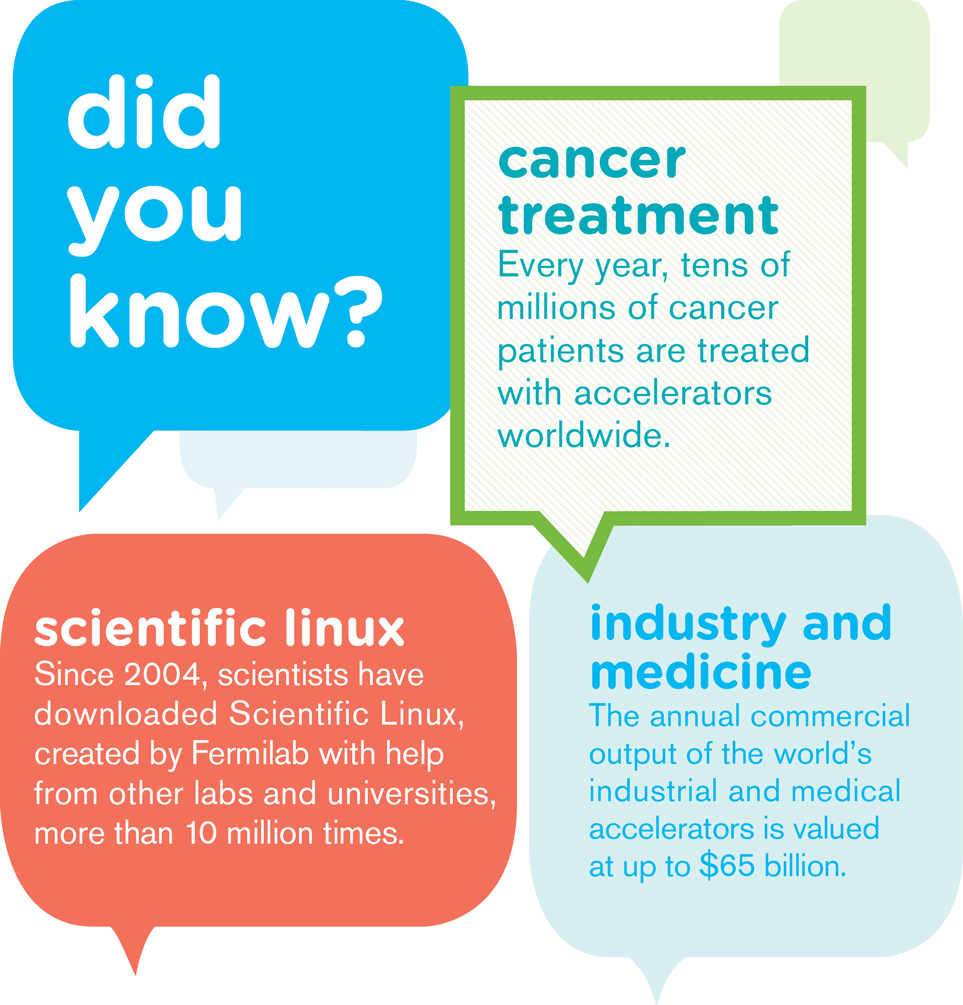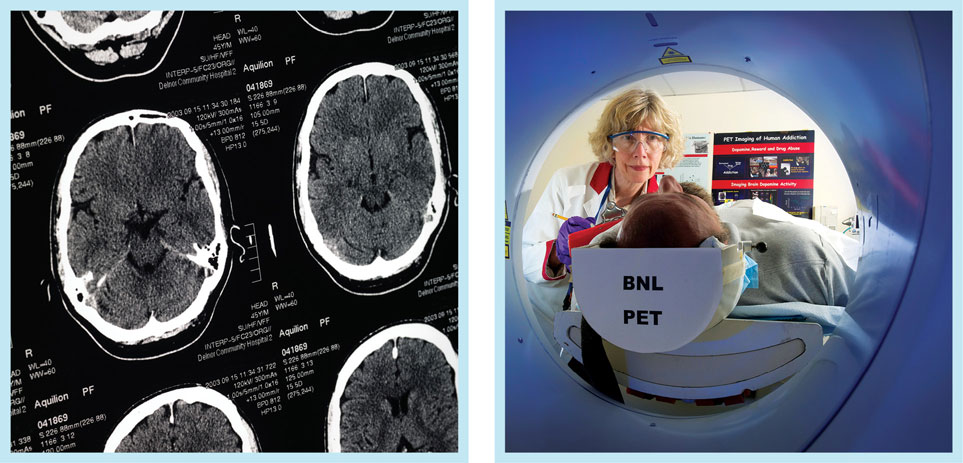particle physics matters
:- Particle physics research has brought about revolutions in our understanding of the world around us, she explained. But scientific exploration is more than just its own reward.
“When physicists start to measure new things, there is no catalog to order the equipment from. We make it ourselves,” she said.
“An analogy might be an expedition climbing Mount Everest. Is someone climbing Everest useful to you in everyday life? Not at first glance, no matter how interesting it is for its own sake. But fleece jackets and breathable waterproof fabrics were first developed for serious mountaineering expeditions and are now cheap and indispensable.
“That’s what’s great about humankind. We like a challenge…and the new tools we build for it have long-lasting value.”
Schellman’s explanation, recorded as part of the “Why particle physics matters” video project at the 2013 Snowmass Community Summer Study meeting in Minneapolis, expressed a few of the many reasons that particle physics is important.
The benefits of the field span everything from advancing humankind’s understanding of the universe around us, to applications in other fields of science as well as daily life, to training the next generation of scientists.
In so many ways, particle physics’ impacts go far beyond the laboratory and the textbook.
Applications in daily life :-
Today, the tools of particle physics—the complex accelerators, the sensitive detectors, the grid computing, the high-volume data storage and analysis—are making a significant and lasting impact on quality of life for people around the globe.
“Because particle physics asks big questions—the biggest in all of science, I’d say—we need new, unique and often very large equipment,” says Harry Weerts, a particle physicist at Argonne National Laboratory.
Many people interact with technology developed or improved by particle physics. Take, for example, Heather Brosnan, a first-year medical student at Oregon Health and Science University. Much of Brosnan’s class time is spent learning about the diagnostic tools available to physicians.

Over the decades, particle physics has developed the technologies needed to very accurately track particles as they collide and transform into hundreds of other particles. This same type of tracking is now essential for the computer tomography, MRIs and PET scans that allow a doctor to peer inside the human body to see what’s wrong.
Once a disease is diagnosed, Brosnan knows, it’s up to the doctor to determine how to best treat it. Prescription medications are often the first choice, and many medications are developed at particle accelerators called synchrotrons, which evolved out of particle physics research. These accelerator-based machines produce exceptionally intense beams of X-rays that can determine the precise structure of viruses and mutations that cause disease, and screen potential drug candidates to find the ones that will most likely work. Drugs developed in this way include Kaletra, one of the most-prescribed AIDS medications, and Tamiflu, an antiviral treatment that slows the spread of influenza.
Particle physics has also made possible and advanced other treatment options, including accelerator-based therapy. Each year, tens of millions of patients receive X-ray, proton and ion therapy to treat cancer at more than 10,000 hospitals and medical facilities around the world.
In an average day, nearly everyone uses products or technologies that stem from or were improved with particle physics.
There are the semiconductors within Brosnan’s laptop, which were made smaller and faster through accelerator-assisted manufacturing. There’s the touch-screen technology developed at CERN that has since been reinvented in many applications, including the iPad that Brosnan uses to type lecture notes. And then there’s the World Wide Web, originally developed as a way to more easily share particle physics results around the globe. Since its invention nearly two decades ago, the Web has grown to the point that it now stimulates nearly $2 trillion in annual commercial traffic.
“It’s not always obvious, but particle physics has bettered our lives, often in ways that we take for granted,” Brosnan says.


कोई टिप्पणी नहीं:
एक टिप्पणी भेजें